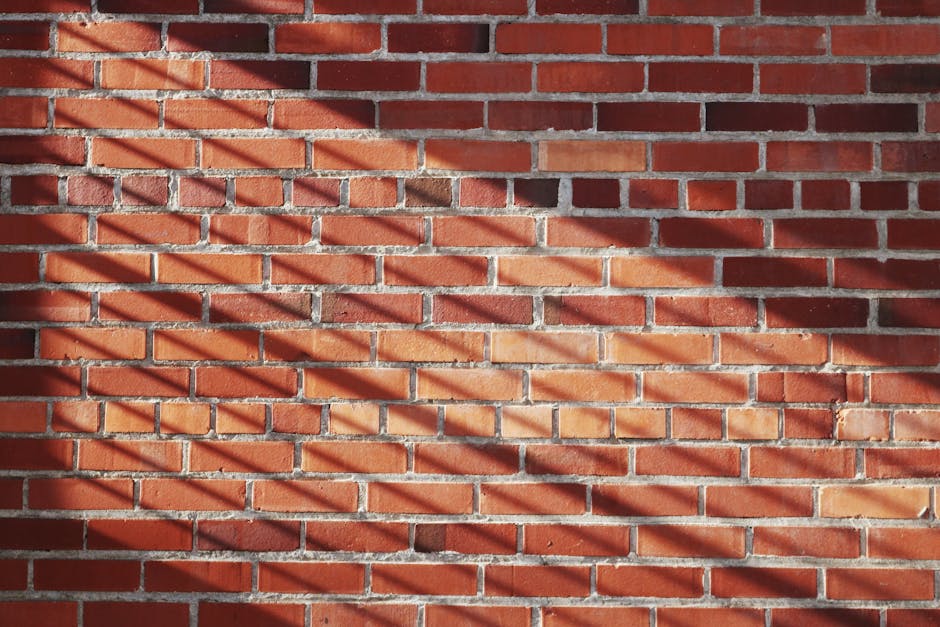 Recognizing Block Stonework: Methods, Benefits, and Applications
Recognizing Block Stonework: Methods, Benefits, and Applications
Block masonry is a reliable building technique that makes use of blocks as the main building material. With its rich background and aesthetic charm, brick masonry has been a prominent option for engineers and building contractors for centuries. This technique combines both art and design, leading to frameworks that are durable, energy-efficient, and visually appealing. This article looks into the basics of brick masonry, exploring its methods, benefits, and numerous applications in contemporary construction.
At its core, block masonry entails the plan of blocks in particular patterns, called bonds, which are held together using mortar. One of the most typical types of bonds include running bond, piled bond, and herringbone. Each bond provides unique structural and visual advantages, making it vital for builders to select the appropriate pattern based on the job needs. The option of materials, consisting of the sort of physicals, further determines the top quality and long life of the building, highlighting the significance of proficient implementation and preparation in block stonework.
Among the most significant advantages of block masonry is its sturdiness. Bricks are resistant to several ecological variables, including fire, moisture, and pests, supplying a long-lasting service for both domestic and commercial buildings. Additionally, block structures often need marginal maintenance, making them a cost-effective option over time. Another advantage is the all-natural insulation residential or commercial properties of bricks, which help to control interior temperatures. Because of this, structures made from block stonework tend to be energy-efficient, decreasing heating and cooling expenses for residents.
Brick masonry additionally provides building versatility, enabling numerous designs and surfaces to fit various aesthetic preferences. From standard red bricks to modern-day colored or textured alternatives, the selection of blocks available today allows property owners and home builders to tailor their layouts. Additionally, brick can conveniently be incorporated with other products, such as stone or wood, to develop unique and aesthetically striking exteriors. This adaptability makes brick stonework an attractive option for different types of structures, from homes and institutions to industrial buildings and public areas.
In conclusion, block stonework sticks out as a robust and flexible construction method that integrates toughness with visual allure. Its ageless qualities, such as fire resistance and insulation, make it a preferred in both modern and typical style. As builders and homeowners seek lasting and aesthetically pleasing options, block masonry continues to play a critical function in the advancement of building methods. Understanding its fundamentals and benefits can aid you appreciate the long lasting influence of this remarkable building method fit our developed environment.